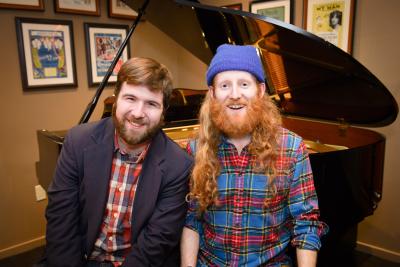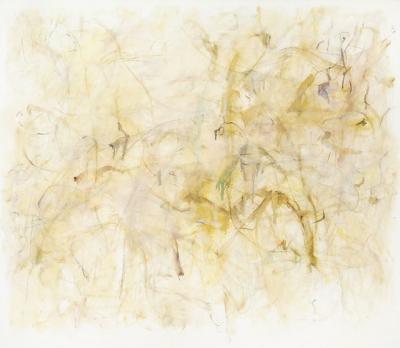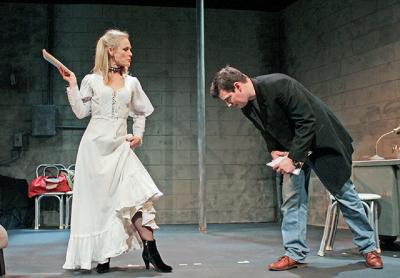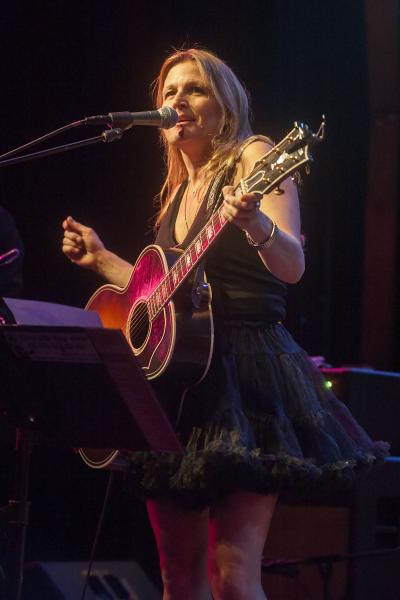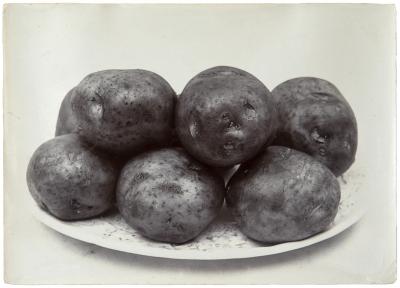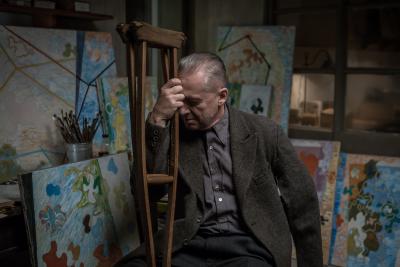The Art Scene: 01.18.18
The Art Scene: 01.18.18
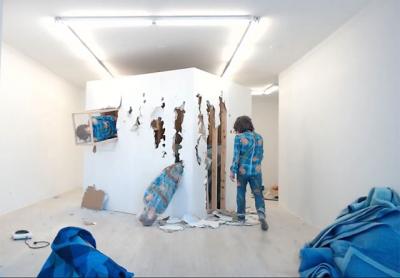
New at Halsey McKay
Concurrent solo exhibitions of work by Henry Glavin and David Kennedy Cutler are on view at the Halsey McKay Gallery in East Hampton and remain openthrough March 24.
“Wooden Calendar” will consist of four paintings of vacant rural interiors. The spaces are occupied by specific objects such as snowshoes, a lamp missing its shade, and a makeshift basketball court, all of which suggest the psychology of figures who are out of frame. Mr. Glavin uses a variety of techniques to create surfaces that are as much about the act of painting as subject matter.
For his exhibition “Off Season,” Mr. Cutler will spend its 10-week run in East Hampton, exploring through his work notions of shelter, food, tools, clothing, and companionship. As in other recent solo exhibitions, his avatar, a digitally produced skin-suit that depicts the artist, will move about the winter landscape and perform a variety of tasks. Mr. Cutler will transmit his activities remotely so they are viewable live on the gallery’s website and on social media platforms.
Elizabeth Murray Doc
“Everybody Knows . . . Elizabeth Murray,” a documentary by Kristi Zea about the groundbreaking artist, who died in 2007 at the age of 66, will be shown at the Parrish Art Museum in Water Mill tomorrow at 6 p.m. The film will be introduced by Sophie Ellsberg, an actress and director who is Ms. Murray’s daughter.
The film explores the relationship between the artist’s family life and career through the use of vérité footage, home videos, and excerpts from her journals, read by Meryl Streep, that shed light on Ms. Murray’s internal struggles and ambition.
In Ms. Murray’s New York Times obituary, Robert Smith situated her within “a small group of painters — including Philip Guston, Frank Stella, and Brice Marden — who during the 1970s rebuilt the medium from scratch, recomplicating and expanding its parameters and proving that it was still ripe for innovation, in part because of its rich history.”
Tickets are $20, $5 for members and students.

